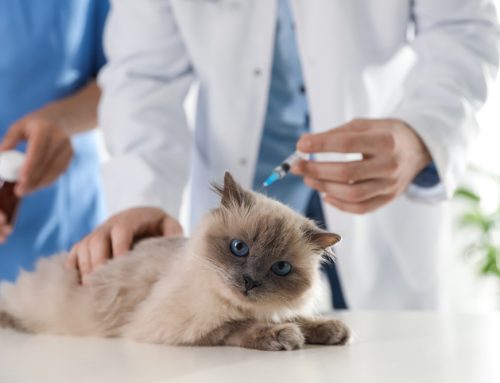Balanoposthitis = inflammation of the penis & prepuce (the sheath of skin that covers the penis). The causes include: injuries, bacterial microbe infections, phimosis (constriction of the prepuce opening so that the prepuce cannot be drawn back to expose the penis), & tumors.
Balanoposthitis is one of the more common problems to affect the prepuce & occurs more frequently in intact (non-neutered) male dogs.
Signs may include:
- Yellow/green discharge (pus)
- bloody discharge
- swelling
- Excessive licking tongue
- Discomfort/Disinterest in breeding
- lethargy, fever & loss of appetite
Careful inspection & exam of the entire prepuce & penis is of utmost importance & is often diagnostic. Your vet will examine the area for injuries, foreign bodies & tumors. A thorough exam may require sedation or anesthesia, especially if the dog is painful in the area.
Baseline tests such as a complete blood count, biochemical profile & urinalysis are usually within normal limits unless a bladder, prostate, or systemic infection is present. Urine for urinalysis is usually retrieved from the bladder so that discharge from the balanoposthitis does not contaminate the sample.
Bacterial culture petri dish & cytology (exam under the microscope) of the discharge may be helpful in some cases.
Treatment involves keeping the penis & prepuce clean & preventing the dog from licking & self-trauma through use of an Elizabethan collar. Removal of the underlying cause if one is found, such tumors, adhesions or abnormal tissue, Antibiotic therapy, Daily irrigation of the preputial sheath with an antiseptic solution, Infusion of antibiotic ointment directly into the preputial sheath, Neutering the dog
Recurrence is common despite therapy, especially when a predisposing factor cannot be identified. Intermittent flushing of the prepuce & neutering may be of some help in minimizing subsequent infections, although there are no guaranteed ways to prevent the condition.







Leave A Comment